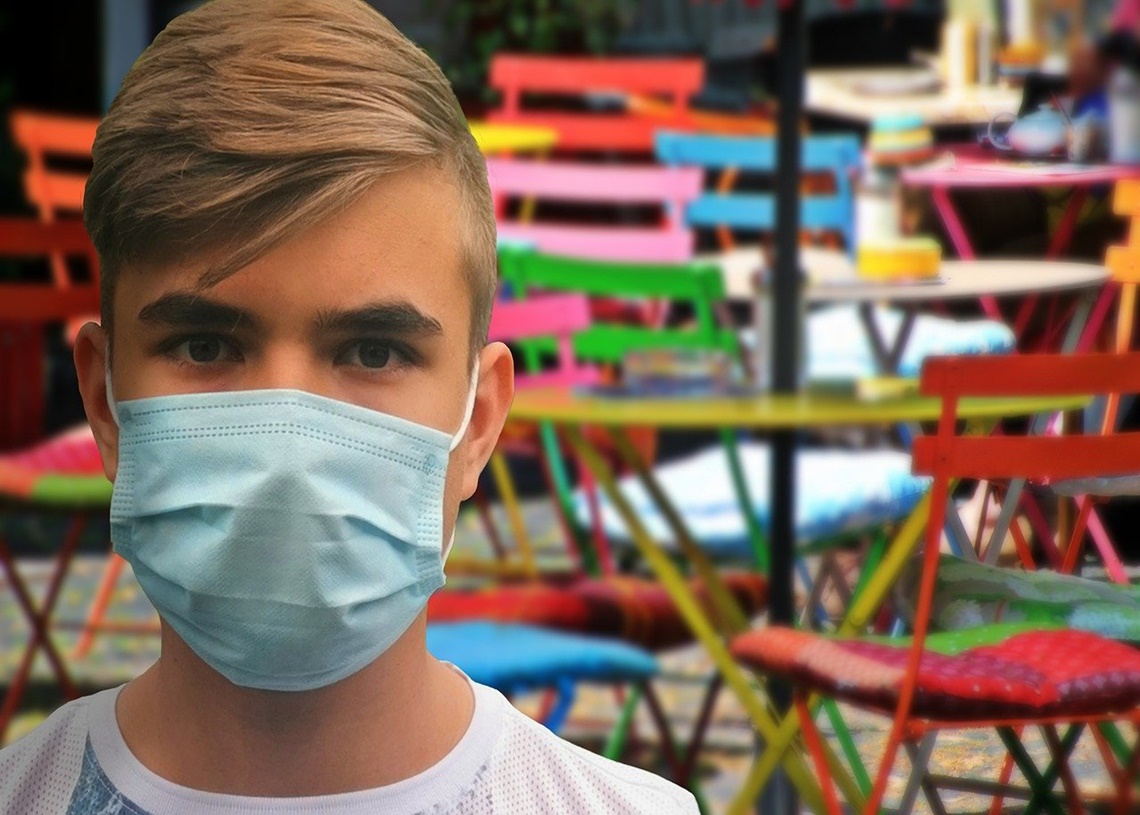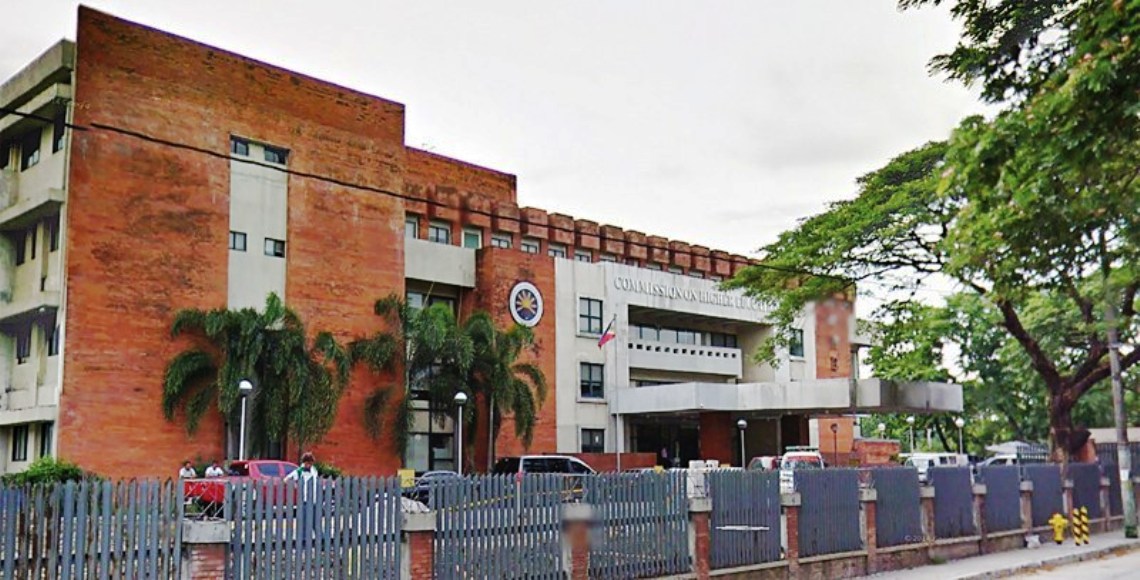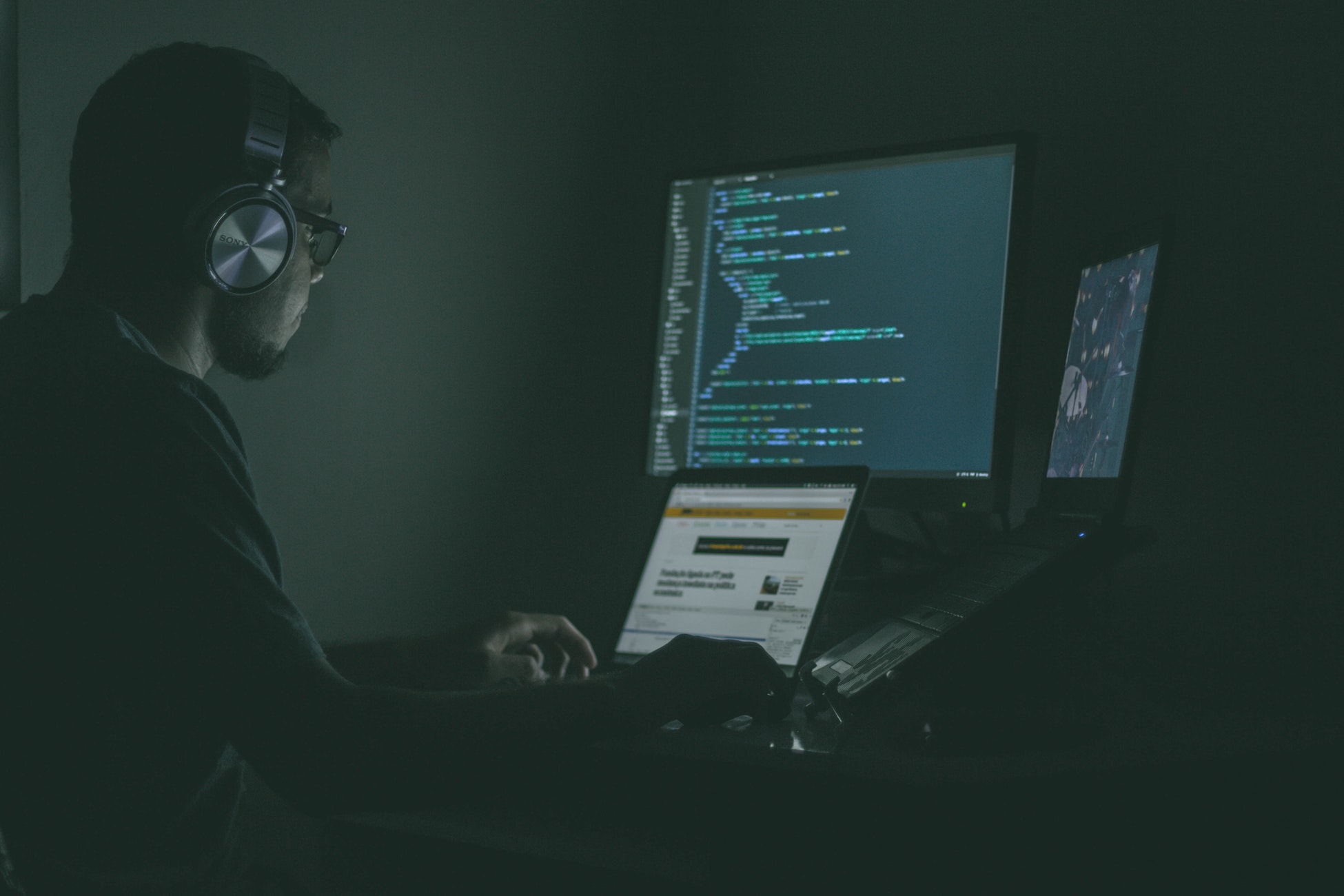The long-term effects of the school closures associated with the COVID-19 pandemic will be both devastating and disruptive. In some cases, the epidemic is proving itself to be a significant climacteric for twenty-first-century education. In others, it is exacerbating the already-existing disparities in the archaic education system.
Unesco, the UN’s education-centric initiative to broaden access to quality education, estimates that school closures in light of coronavirus lockdowns have affected around 91 percent of the world’s student population nearly 1.6 billion students around the globe.
It has further magnified the growing concerns about the digital divide. For more than half a billion student population, this academic year is already ruined, given the lack of internet connectivity, electronic resources, and practically no means of seeking help from friends or teachers.
The failing UK school system
Most primary schools in London, catering to students from Year 1 to Year 6, have resumed classes last week. Teachers and school authorities, who have been largely left on their own to navigate the school reopening process across the UK safely, are taking turns to bring back the lost normalcy in day-to-day classes while also serving the children from a majority of households who are still self-isolating at home, at the same time.
During the initial phase of the school closures, parents, children, and teachers cherished the idea of doing something creative and making the most of the extra time on their hands through homeschooling. Enthusiastic learners thought this would be a perfect opportunity to make use of learning resources other than books, and many teachers rather took an eclectic approach to teaching.
However, a couple of months into lockdown and the reality kicked in. The newness surrounding homeschooling started to wear thin, with children feeling more unsettled than enthusiastic. If one thought that parenting is hard and teaching is harder, then homeschooling was essentially putting a bunch of all these difficulties together.
As Natalie Perera of the Education Policy Institute states,
There is no consistency in homeschooling methods. Without a clear framework from the government, we just don’t know how to go about it.
The Department offered the first guidance for education on April 19, that’s nearly a month after the nation declared school closures. Unfortunately, it was too late to reverse the damage as most children had either lost interests or set their own pace for learning.
Disadvantaged kids bear the brunt
The children, who have suffered the most from prolonged school closures, are the disadvantaged kids who still largely remain clueless about the progress their peers have made so far.
A research conducted by Carl Cullinane and Rebecca Montacute of the Sutton Trust that although the remote learning approach amid widespread school closures has proved to be surprisingly successful for 51 percent of primary and 57 percent of secondary students from private schools, these numbers are quite unsettling for their counterparts in state schools.
Disadvantaged pupils from state schools have, in fact, no way to get in touch with their teachers, let alone having an online platform for learning. The school closures and stringent lockdowns have left them with no place to continue their education and added pressure from constantly overseeing parents.
School closures for these kids are likely to cause a lifetime of irreparable harm. As Financial Times reported, students from underprivileged families will fail to keep up with kids from well-to-do families by 18 months when they finish secondary school. The pandemic is only expected to aggravate this alarming attainment gap.
Opportunities and responsibilities
However, according to Sutton Trust, there are some viable solutions to alleviate this mounting social injustice. First and foremost, it urges the education department to seek urgent help from prominent technology firms and startups to offer all children affected by school closures an equal chance at online learning. This would mean that children, primarily from low-income backgrounds, will receive an electronic gadget and an internet connection to ensure accessibility to online learning modes.
The second solution calls for a small group session or a one to one interaction with vulnerable kids to feel more comfortable sharing their experiences during school closures and expressing any undesirable emotion or feeling.
Blockchain alleviates the impact of school closures
The third and perhaps the most powerful way out is helping teachers help themselves. Designing and providing material for online learning amid school closures has been challenging for children and teachers alike. Blockchain can make this both interesting and compelling. Making the learning process trackable and quantifiable can fundamentally address the issues concerning poor education format or substandard teaching quality.
Blockchain education can potentially redress grievances of UK teachers struggling to cope up with school resumption issues. By encouraging more efforts into learning and upskilling every day, despite school closures, blockchain can better prepare students and teachers for a different post-COVID-19 world, and that would be called progress.
As Mitch Rankin, co-founder of English Forward, states,
One small step for education. One giant step for Unesco Goal #4.







